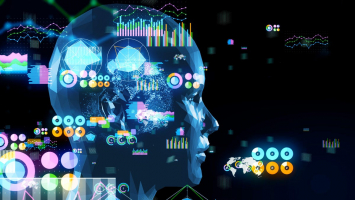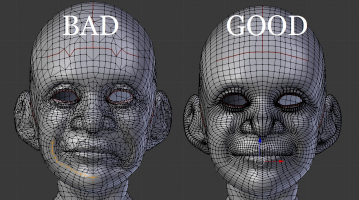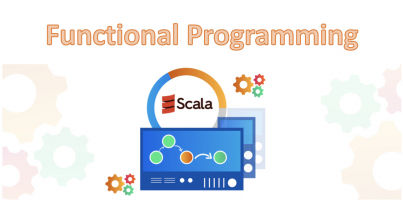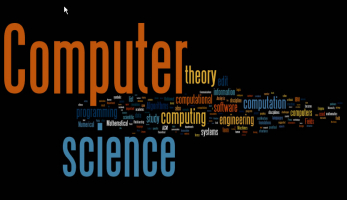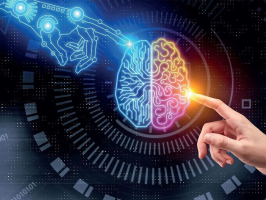Top 10 Best Books On Artificial Neural Networks
Artificial neural networks (ANNs), also known as neural networks (NNs) or neural nets, are computing systems inspired by the biological neural networks that ... read more...make up animal brains. Do you want to know what the best books on artificial neural networks are? If you answered yes, then continue on. We have collected the the best books on artificial neural networks in this article.
-
Aurélien Géron is a machine learning trainer and consultant. From 2013 to 2016, he led YouTube's video classification team as a former Googler. From 2002 until 2012, he was also the founder and CTO of Wifirst (a leading Wireless ISP in France), as well as the founder and CTO of two consulting firms, Polyconseil (telecom, media, and strategy) and Kiwisoft (machine learning and data privacy).
Deep learning has enhanced the entire area of machine learning with a succession of recent advancements. Even programmers with little knowledge of this technology can now utilize simple, efficient tools to create data-driven apps. Hands-On Machine Learning with Scikit-Learn, Keras, and TensorFlow will show you how.
Author Aurélien Géron helps you obtain an intuitive knowledge of the principles and tools for building intelligent systems by using straightforward examples, minimal theory, and two production-ready Python frameworks—Scikit-Learn and Tensor Flow. You'll study a variety of strategies, beginning with simple linear regression and working your way up to deep neural networks. With exercises in each chapter to help you apply what you've learned, all you need to get started is some programming expertise.
- Investigate the landscape of machine learning, particularly neural networks.
- Make use of Scikit-
- Learn to track an example machine-learning project end-to-end
- Investigate various training models, such as support vector machines, decision trees, random forests, and ensemble approaches.
- Use the Tensor Flow library to create and train neural nets
- Investigate neural net architectures such as convolutional nets, recurrent nets, and deep reinforcement learning.
- Learn how to train and scale deep neural networks.
Author: Aurélien Géron
Link to buy: https://www.amazon.com/Hands-Machine-Learning-Scikit-Learn-TensorFlow/dp/1492032646/
Ratings: 4.7 out of 5 stars (from 3099 reviews)
Best Sellers Rank: #2,349 in Books
#1 in Artificial Intelligence & Semantics
#1 in Natural Language Processing (Books)
#1 in Data Processing

fado.vn 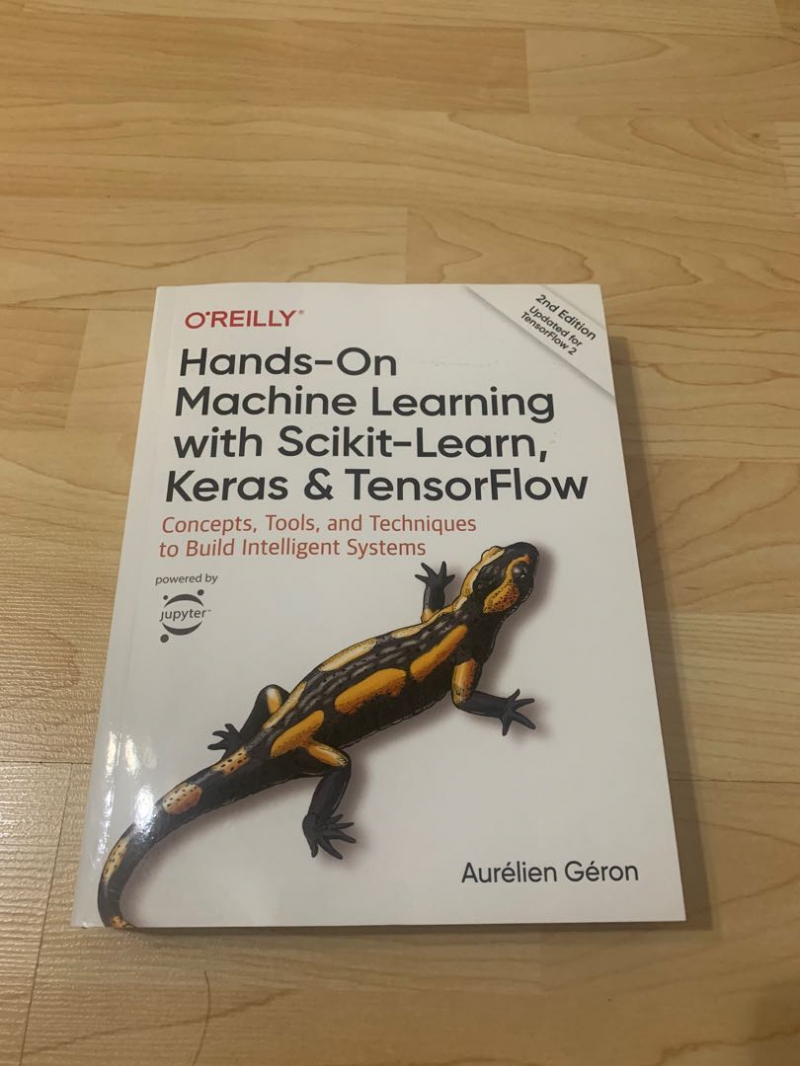
carousell.sg -
Kevin Huo is a Data Scientist at a Hedge Fund and formerly worked as a Data Scientist at Facebook Groups. He graduated from the University of Pennsylvania with a degree in computer science and from Wharton with a degree in business. He interned at Facebook, Bloomberg, and on Wall Street during college.
Nick Singh began his career as a Software Engineer on Facebook's Growth Team before moving on to SafeGraph, a geospatial analytics startup. He graduated from the University of Virginia with a degree in Systems Engineering and a minor in Computer Science. He interned at Microsoft and Google during college. His LinkedIn career advice has received over 25 million views.
Ace the Data Science Interview, written by two ex-Facebook employees, is the finest approach to prepare for Data Science, Data Analyst, and Machine Learning interviews, so you can land your dream job at FAANG, tech startups, or Wall Street. The book is among the best books on artificial neural networks.
What's on the inside of this 301-page book?
- 201 genuine Data Science interview questions from companies like Facebook, Google, Amazon, Netflix, Two Sigma, Citadel, and more — with thorough step-by-step answers!
- Learn how to break into Data Science by structuring your resume, developing awesome portfolio projects, sending networking cold emails, and conveying your narrative better during behavioral interviews.
- In data interviews, the following topics are typically tested: Probability, Statistics, Machine Learning, SQL & Database Design, Python Coding, Product Analytics, and A/B Testing are all topics covered.
- Each chapter includes a brief overview of the most significant ideas and formulas to review.
- Learn how to answer open-ended case study questions that integrate product knowledge, business intuition, and statistical modeling abilities, and practice with case studies from Airbnb, Instagram, and Accenture.
Author: Nick Singh and Kevin Huo
Link to buy: https://www.amazon.com/Ace-Data-Science-Interview-Questions/dp/0578973839/
Ratings: 4.6 out of 5 stars (from 527 reviews)
Best Sellers Rank: #6,292 in Books
#1 in ODBC Networking
#1 in Data Mining (Books)
#1 in Computer Localization
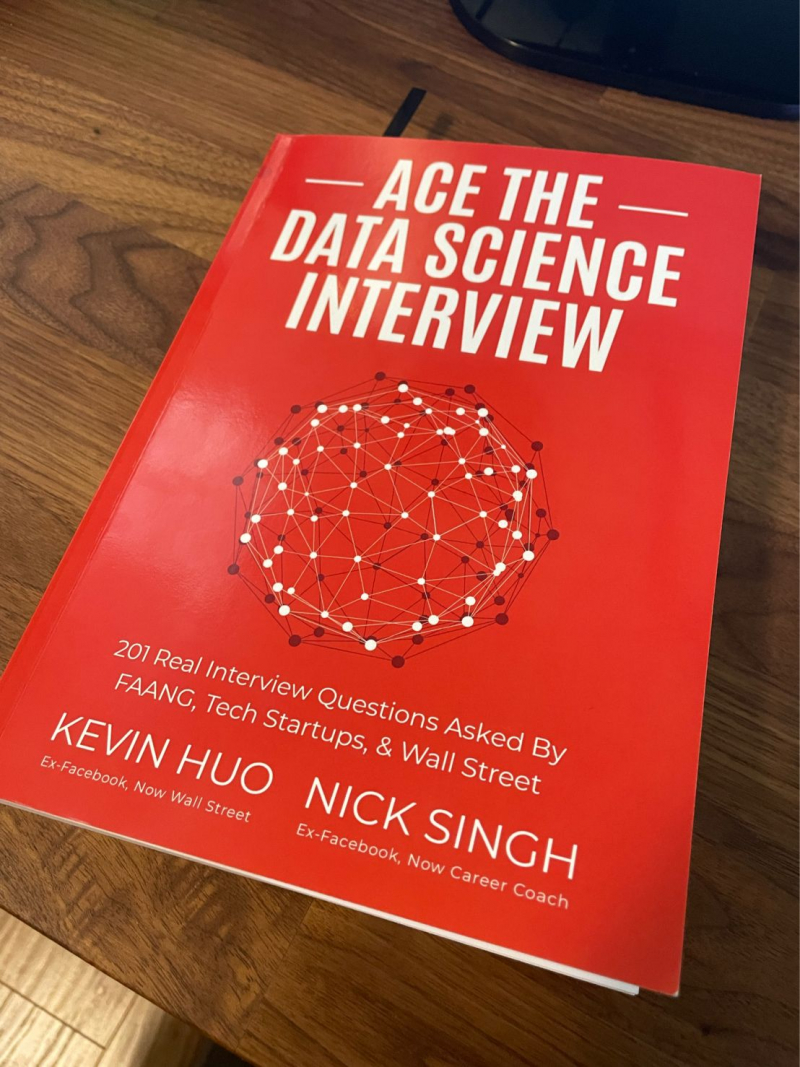
linkedin.com 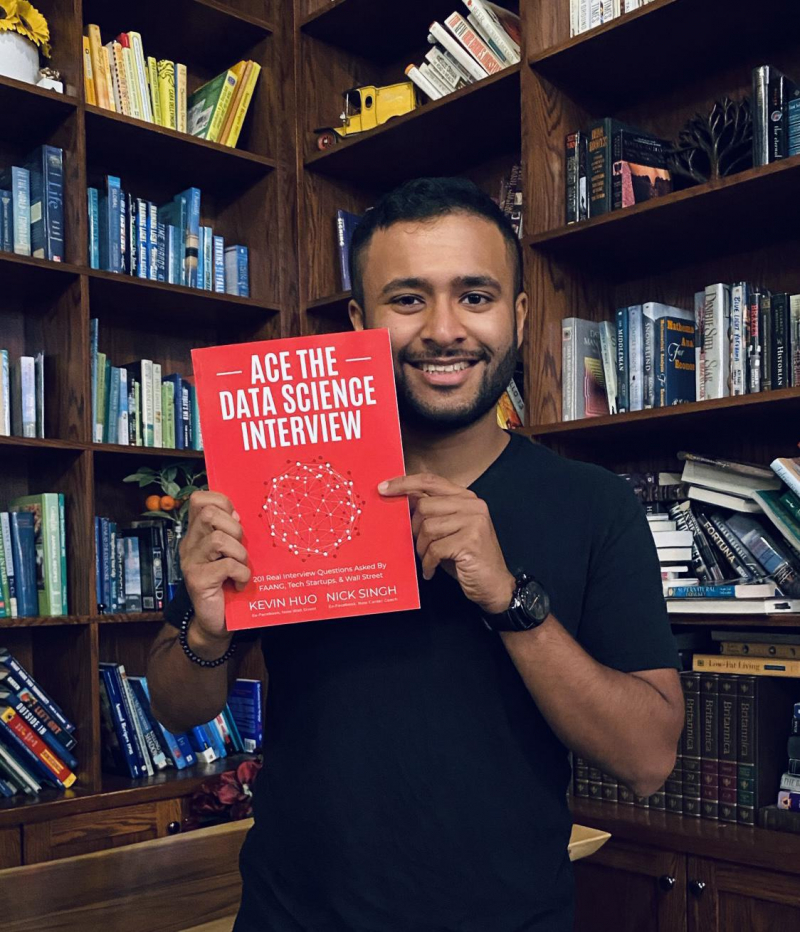
reddit.com -
Judea Pearl is a computer science professor at UCLA. He is the author of three books and has received various honors, including the Alan Turing Award. He currently resides in Los Angeles, California. Dana Mackenzie is a PhD mathematician turned science writer who has contributed to publications such as Science, New Scientist, and Scientific American. He currently resides in Santa Cruz, California.
Understanding causality has revolutionized science and will revolutionize artificial intelligence, according to a Turing Award-winning computer scientist and statistician.
"Correlation is not causation." This phrase, repeated by scientists for more than a century, has resulted in a virtual ban on causal discussion. That is no longer a taboo. The causal revolution, led by Judea Pearl and his colleagues, shattered a century of ambiguity and established causality (the study of cause and effect) on a firm scientific foundation. His work Book of Why explains how we can tell if it was rain or a sprinkler that made a sidewalk wet, as well as how to answer difficult issues, such as whether a medicine healed an ailment. Pearl's study allows us to investigate not only whether one thing causes another, but also the worlds that could have been. It demonstrates the nature of human mind and is crucial to artificial intelligence. Anyone who wishes to comprehend either requires The Book of Why.
Author: Judea Pearl
Link to buy: https://www.amazon.com/Book-Why-Science-Cause-Effect/dp/1541698967/
Ratings: 4.4 out of 5 stars (from 1443 reviews)
Best Sellers Rank: #7,161 in Books
#1 in Biostatistics (Books)
#2 in Discrete Mathematics (Books)
#3 in Computer Neural Networks
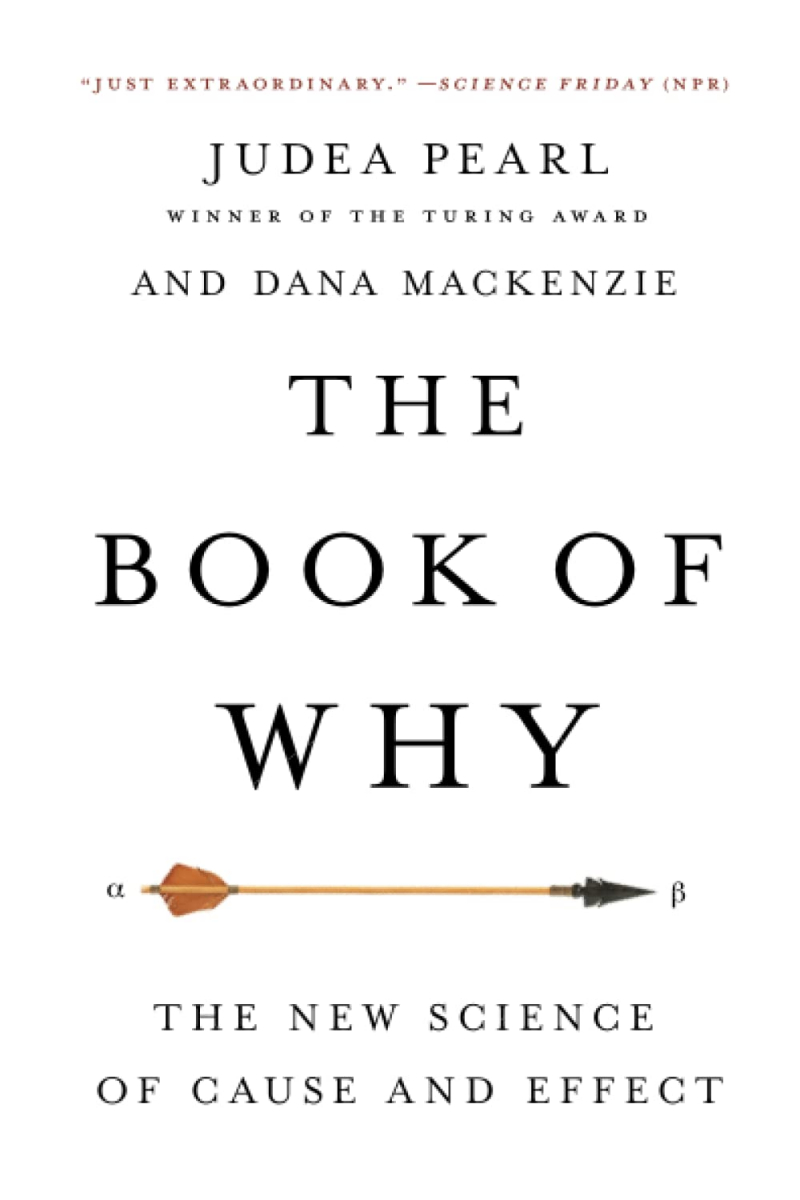
https://www.amazon.com/ 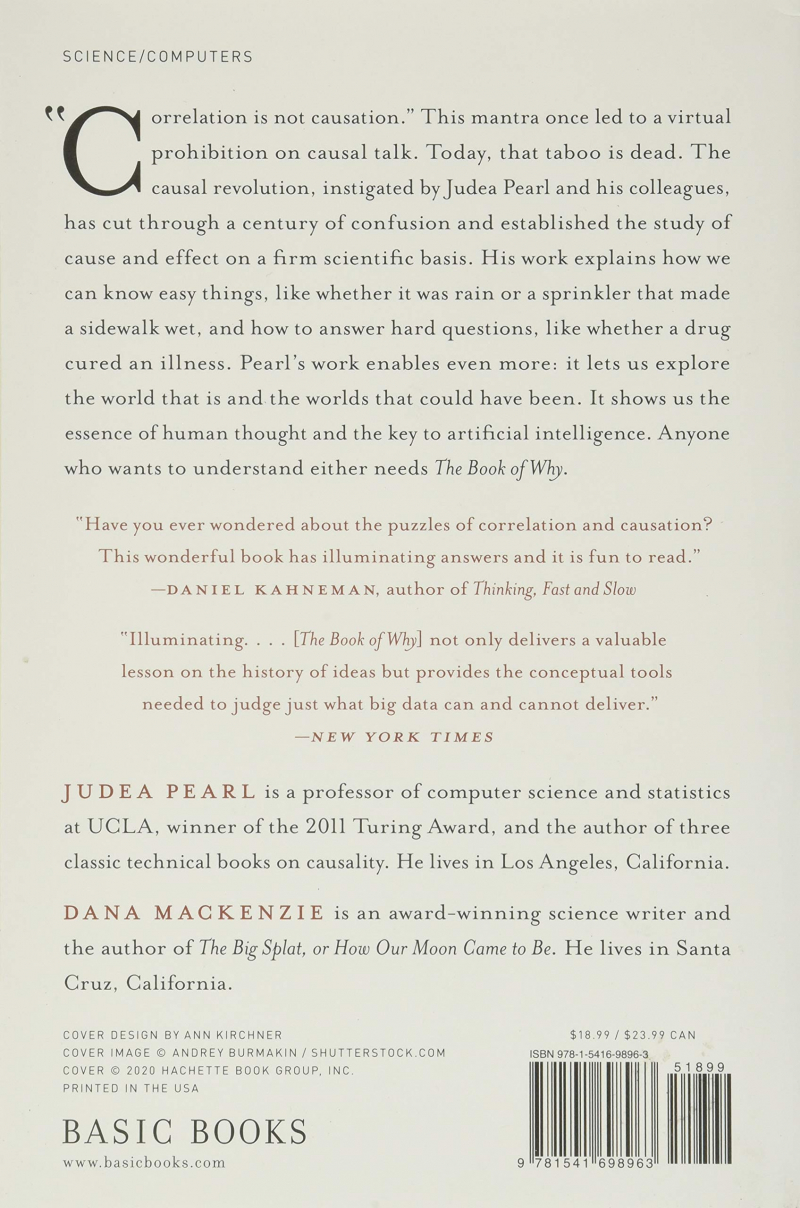
https://www.amazon.com/ -
Josh Starmer runs the popular YouTube series "StatQuest with Josh Starmer." Josh has been using a creative and unique visual approach to easily explain Statistics, Data Science, and Machine Learning concepts and algorithms to people all around the world since 2016. Rather of dumbing down the information, Josh walks individuals through basic examples step by step, utilizing images to ensure that every main topic is easy to learn and remember.
Machine Learning is incredible and powerful, but it can also look to be extremely hard. This is where The StatQuest Illustrated Guide to Machine Learning may help. This book lays down machine learning algorithms, no matter how complex they are, into little, bite-sized chunks that are easy to understand. Each idea is carefully demonstrated to give you, the reader, a sense of how the procedures work beyond the equations alone. The ideas are not simplified in the StatQuest Illustrated Guide. Instead, it empowers you to become smarter and more knowledgeable about Machine Learning.
Among the best books on artificial neural networks, The StatQuest Illustrated Guide to Machine Learning begins with the fundamentals, demonstrating what machine learning is and what its goals are, then progresses from there, one picture at a time, until you have grasped the ideas behind self-driving cars and facial recognition.
Author: Josh Starmer PhD
Link to buy: https://www.amazon.com/StatQuest-Illustrated-Guide-Machine-Learning/dp/B09ZCKR4H6/
Ratings: 4.9 out of 5 stars (from 114 reviews)
Best Sellers Rank: #7,816 in Books
#4 in Computer Neural Networks
#10 in Artificial Intelligence & Semantics
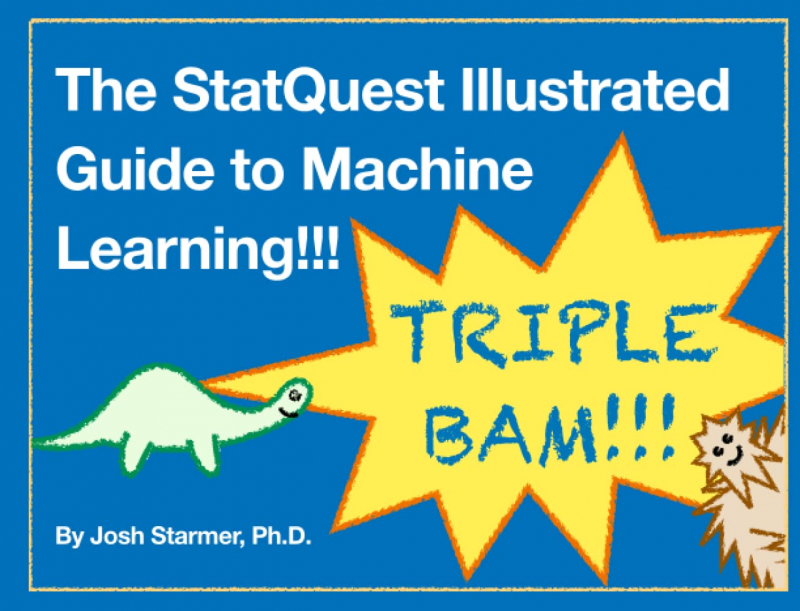
https://www.amazon.com/ 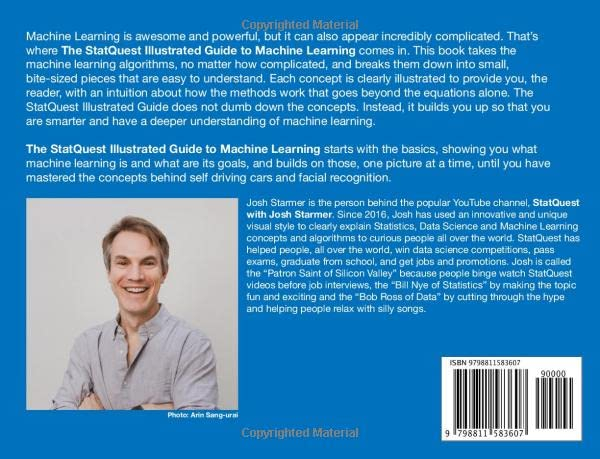
https://www.amazon.com/ -
François Chollet is a Google software developer and the author of the Keras deep-learning library.
Deep Learning with Python, Second Edition teaches you:
- Deep understanding based on first principles
- Image segmentation and classification
- Forecasting timeseries
- Machine translation and text classification
- Text generation, neural style transfer, and image generation are all possible.
- Printed in full color throughout
Deep Learning with Python has taught thousands of readers how to fully utilize deep learning's possibilities. This thoroughly rewritten, full-color second edition covers deep learning with Python and Keras, and is packed with insights for both novice and expert machine learning practitioners. You'll study real-world-applicable strategies as well as important theory for developing neural networks.
What's on the inside:
- Deep understanding based on first principles
- Image segmentation and classification
- Forecasting time series
- Machine translation and text classification
- Text generation, neural style transfer, and image generation are all possible.
- Printed in full color throughout
Author: Francois Chollet
Link to buy: https://www.amazon.com/Learning-Python-Second-Fran%C3%A7ois-Chollet/dp/1617296864/
Ratings: 4.7 out of 5 stars (from 101 reviews)
Best Sellers Rank: #10,832 in Books
#5 in Computer Neural Networks
#10 in Python Programming
#14 in Computer Programming Languages
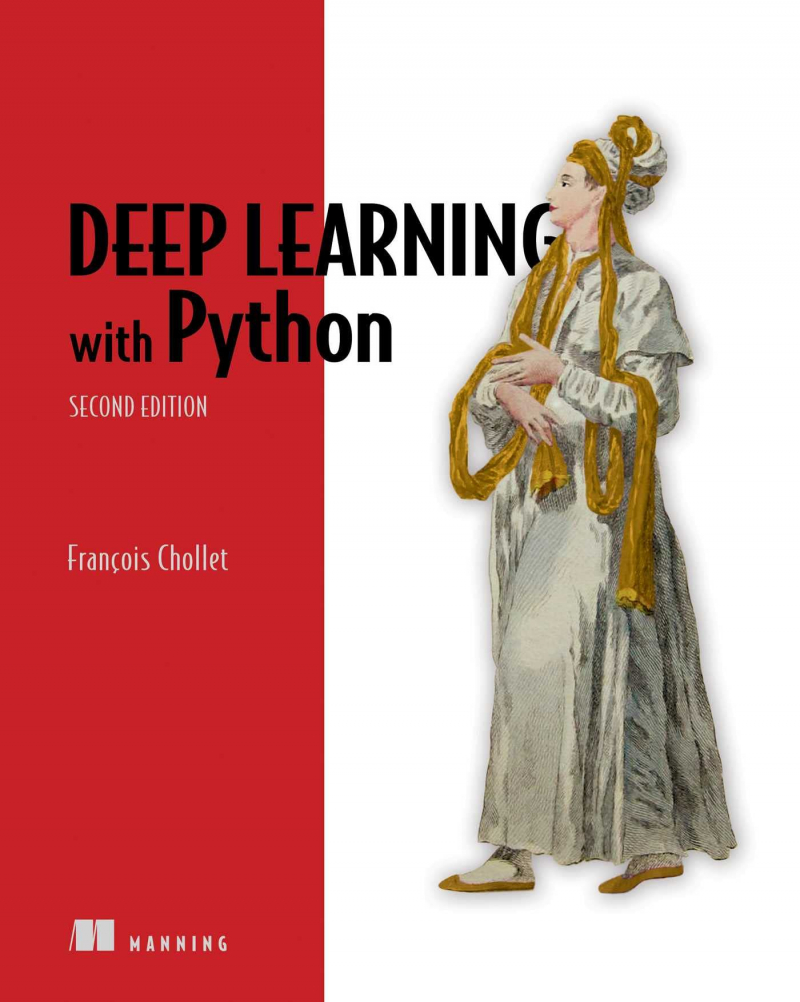
https://www.amazon.com/ 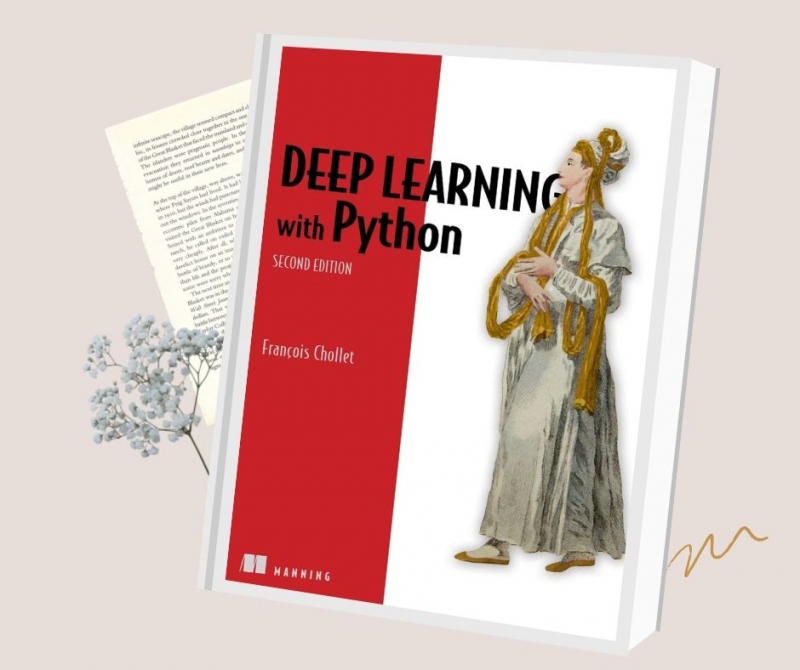
https://www.amazon.com/ -
Sebastian Raschka is an Assistant Professor of Statistics at the University of Wisconsin-Madison, where he studies machine learning and deep learning. Sebastian hopes to continue helping people learn about machine learning and artificial intelligence as the Lead AI Educator at Grid AI.
Yuxi (Hayden) Liu works at Google as a Machine Learning Software Engineer. He is creating and upgrading machine learning models and systems for ad optimization on the world's largest search engine.
Vahid Mirjalili works as a deep learning researcher on CV apps. Michigan State University awarded Vahid a Ph.D. in both Mechanical Engineering and Computer Science.
Machine Learning with PyTorch and Scikit-Learn is a comprehensive reference to using PyTorch for machine learning and deep learning. It serves as both a step-by-step instruction and a reference that you will return to as you create your machine learning systems.
Machine Learning with PyTorch and Scikit-Learn covers all of the essential machine learning techniques in full, with clear explanations, visuals, and examples. While some books merely teach you to follow instructions, this machine learning book teaches you the ideas that will allow you to construct models and applications for yourself.
PyTorch is a Pythonic approach to machine learning that makes it easy to learn and code with. This book discusses the fundamentals of PyTorch and how to build models with popular libraries like PyTorch Lightning and PyTorch Geometric.
You will also learn about generative adversarial networks (GANs) for generating new data and using reinforcement learning to train intelligent agents. Finally, this new version has been expanded to include the most recent deep learning trends, such as graph neural networks and large-scale transformers for natural language processing (NLP).
This PyTorch book is your machine learning buddy, whether you're a Python developer new to machine learning or want to brush up on the latest breakthroughs. It is considered one of the best books on artificial neural networks.
What you will discover:
- Investigate frameworks, models, and strategies for machine learning from data.
- For machine learning, use scikit-learn, and for deep learning, use PyTorch.
- Train machine learning classifiers on photos, text, and other data sources.
- Create and test neural networks, transformers, and boosting algorithms.
- Learn about the best procedures for reviewing and tuning models.
- Using regression analysis, predict continuous target outcomes.
- Using sentiment analysis, delve deeper into textual and social media data.
If you know the fundamentals of Python and want to learn about machine learning and deep learning, this is the book for you. This is a must-have resource for developers and data scientists who wish to use scikit-learn and PyTorch to build practical machine learning and deep learning applications.
Before you begin reading this book, you should be familiar with calculus and linear algebra.
Author: Sebastian Raschka, Yuxi (Hayden) Liu and Vahid Mirjalili
Link to buy: https://www.amazon.com/Machine-Learning-PyTorch-Scikit-Learn-learning/dp/1801819319/
Ratings: 4.8 out of 5 stars (from 106 reviews)
Best Sellers Rank: #22,612 in Books
#1 in Speech & Audio Processing
#3 in Natural Language Processing (Books)
#6 in Computer Neural Networks
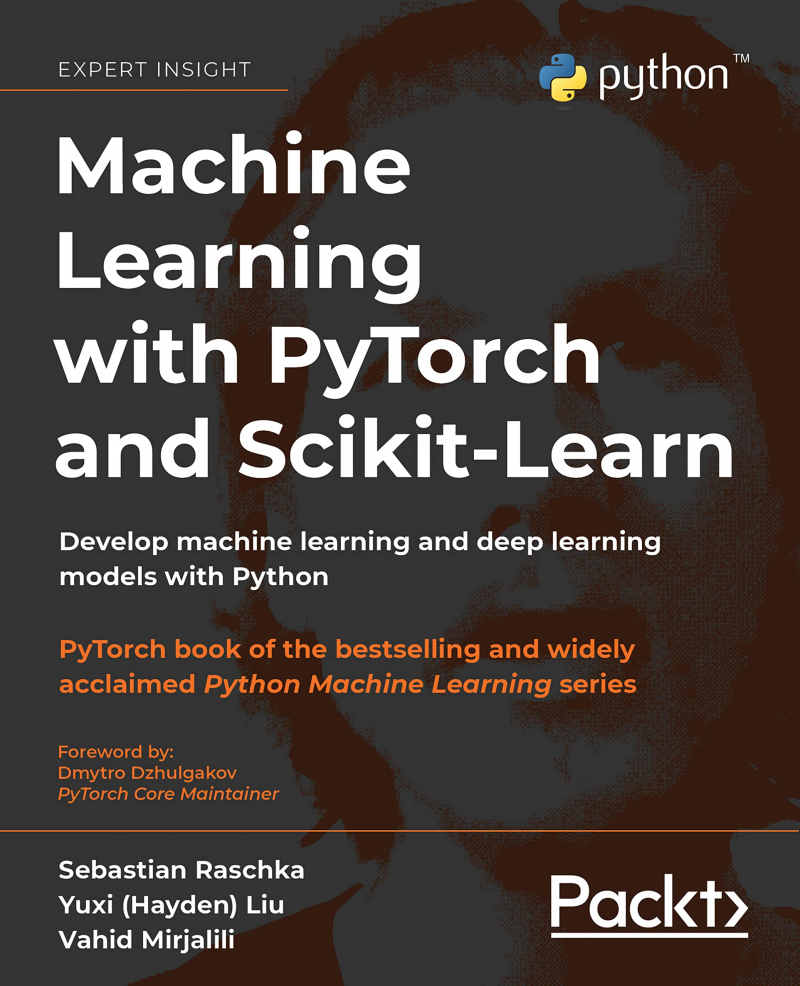
https://www.amazon.com/ 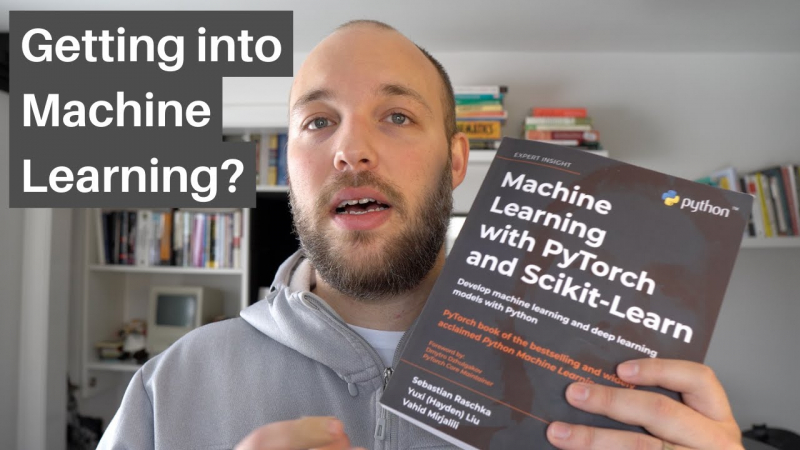
Photo: tutoriaLinux's Youtube Channel -
Janelle Shane holds a PhD in electrical engineering as well as a master's degree in physics. She blogs on artificial intelligence and the entertaining and often scary ways that algorithms get human stuff wrong at aiweirdness.com. She has appeared on the main TED stage, as well as in the New York Times, The Atlantic, Wired, Popular Science, and other publications, as well as on NPR's All Things Considered, Science Friday, and Marketplace. She has been recognized a Fast Company 100 Most Creative Person in Business and an Adweek Young Influential. She is most likely not a robot.
You look like a thing and I love you is one of the greatest pickup lines ever... according to an artificial intelligence taught by Janelle Shane, the popular site AI Weirdness's creator. Shane makes amusing AIs that learn how to name paint colors, cook the best foods, and even romance (badly) with humans—all in the service of better understanding the technology that regulates so much of our human lives.
We rely on AI every day, trusting it with anything from unlocking our phones to hospital treatment. But how intelligent is AI really...? Shane answers every AI question you've ever had, as well as some you haven't, such as: How can a computer build the ideal sandwich? What does the sound of computer-generated Harry Potter fan literature sound like? Is "vampire hog bride" really the best Halloween costume in the world?
In You look like a thing and I love you, Shane illustrates how these robots learn, fail, and adapt—and how they mirror both the best and worst of humanity in this sharp, often funny introduction to the most fascinating science of our time.
Author: Janelle Shane
Link to buy: https://www.amazon.com/You-Look-Like-Thing-Love/dp/0316525227/
Ratings: 4.6 out of 5 stars (from 566 reviews)
Best Sellers Rank: #30,168 in Books
#6 in Natural Language Processing (Books)
#9 in Computer Neural Networks
#17 in Language Humor
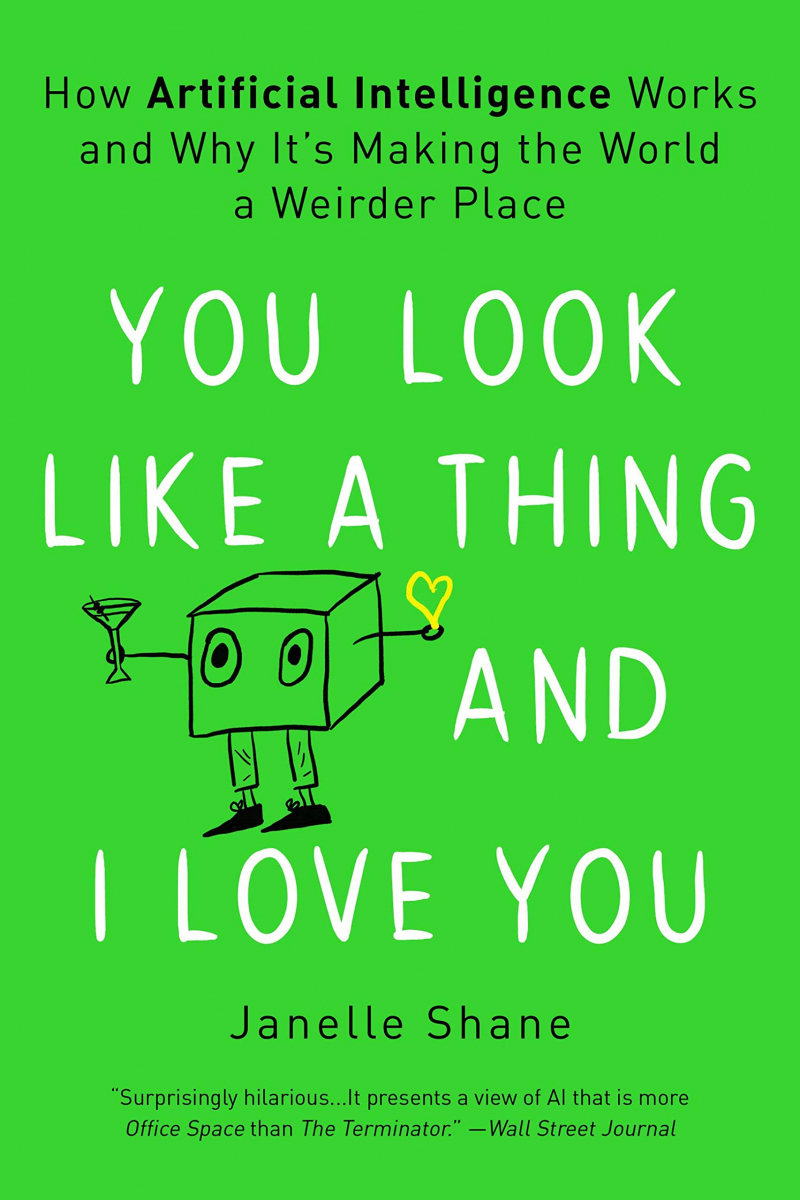
https://www.amazon.com/ 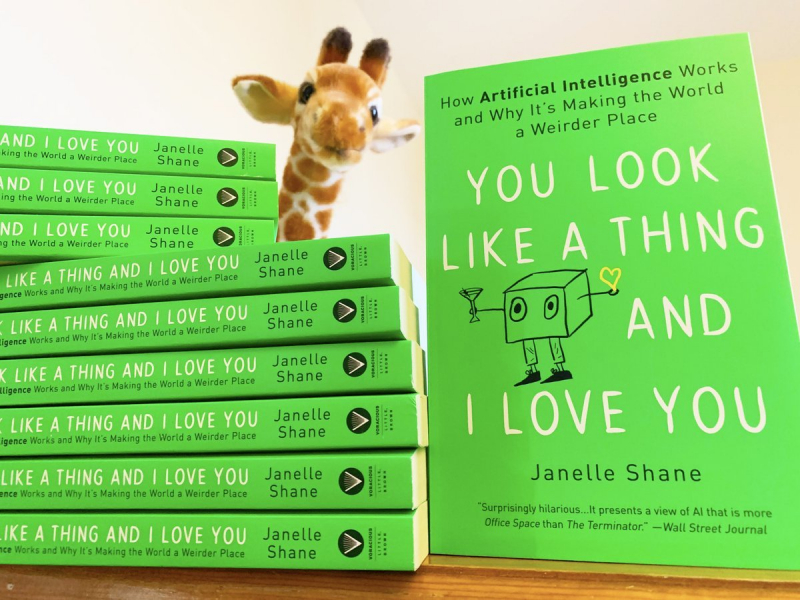
twitter.com -
Eli Stevens has spent the most of his career with Silicon Valley startups, holding positions ranging from software engineer (creating enterprise networking appliances) through CTO (developing software for radiation oncology). He is currently working on machine learning in the self-driving car business.
Luca Antiga began his career as a biomedical engineering researcher in the 2000s and has spent the last decade as a cofounder and CTO of an AI engineering firm. He has contributed to a number of open source projects, including the backbone of PyTorch. He recently cofounded a firm in the United States that focuses on infrastructure for data-defined software.
Thomas Viehmann is a PyTorch core developer and machine learning and PyTorch speciality educator and consultant based in Munich, Germany. With a PhD in mathematics, he is not afraid of theory, but he is very practical when it comes to computing issues.
Every other day, we learn about new applications for deep learning: enhanced medical imaging, accurate credit card fraud detection, long-term weather forecasting, and so on.
PyTorch grants you these superpowers. PyTorch, which is instantly familiar to anyone who has used Python data tools such as NumPy and Scikit-learn, simplifies deep learning without compromising complex functionality. It's wonderful for quickly creating models, and it scales well from laptop to business.
Among the best books on artificial neural networks, Deep Learning with PyTorch shows you how to use PyTorch to build deep learning and neural network systems. This practical book gets you started straight away by teaching you how to design a tumor image classifier from scratch. After learning the fundamentals, you'll move on to best practices for the whole deep learning pipeline, tackling advanced tasks as your PyTorch abilities improve. All code samples are accessible through downloadable Jupyter notebooks.
What You Will Discover:
- Understanding data structures used in deep learning, such as tensors and neural networks
- Best practices for the PyTorch Tensor API, data loading in Python, and visualization of results
- Modules and loss functions are being implemented.
- Using PyTorch Hub's pretrained models
- Methods for training neural networks with few inputs
- Sifting through untrustworthy results to diagnose and repair neural network issues
- Enhance your outcomes by using more data, improved model design, and fine tuning.
Deep Learning with PyTorch is intended for Python programmers with a passion for machine learning. There is no prior knowledge of PyTorch or other deep learning frameworks necessary.
Author: Eli Stevens, Luca Antiga and Thomas Viehmann
Link to buy: https://www.amazon.com/Deep-Learning-PyTorch-Eli-Stevens/dp/1617295264/
Ratings: 4.4 out of 5 stars (from 85 reviews)
Best Sellers Rank: #36,704 in Books
#7 in Computer Algorithms
#11 in Computer Neural Networks
#12 in Machine Theory (Books)
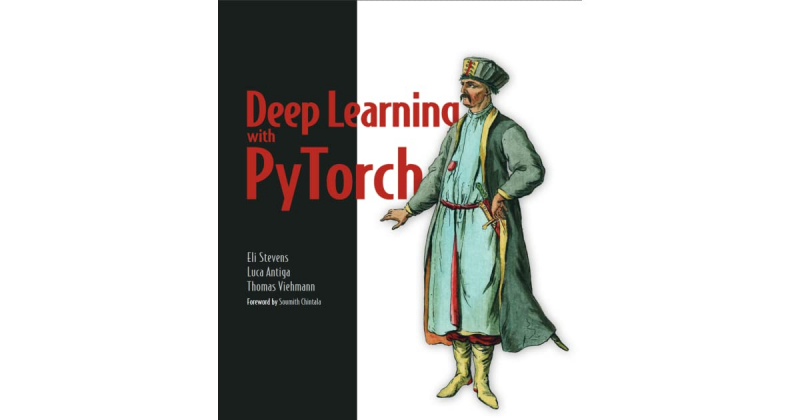
https://www.goodreads.com/ 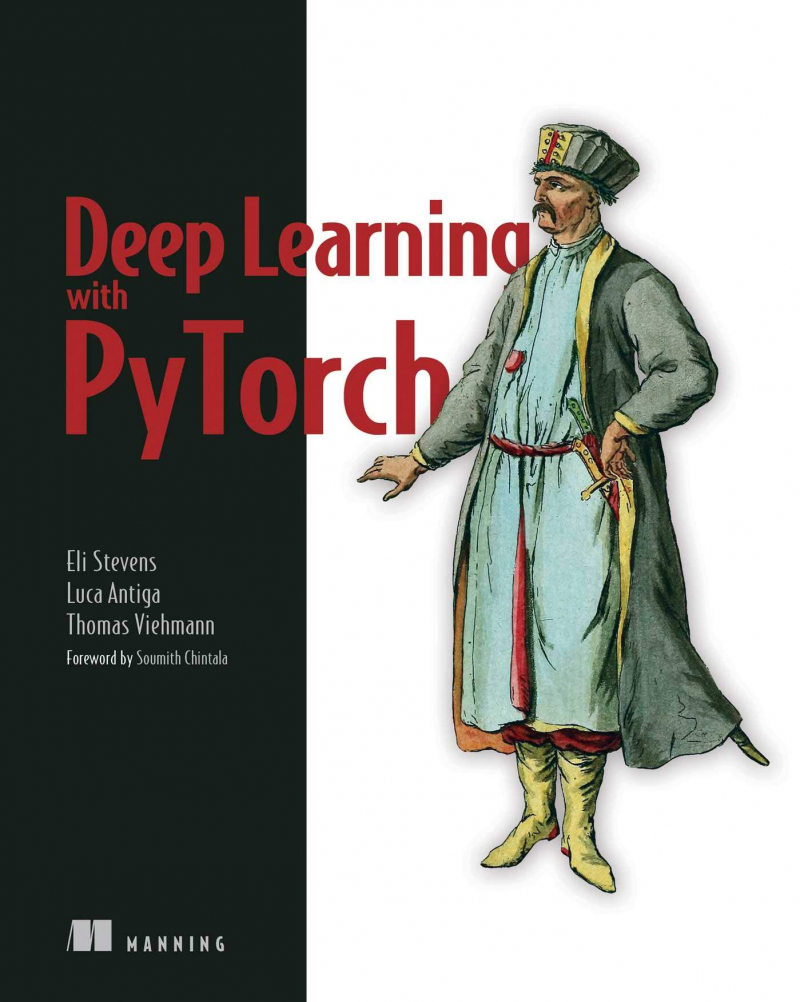
https://www.amazon.com.mx/ -
Stefan is the CEO and creator of Applied AI. He consults Fortune 500 businesses, investment firms, and startups across industries on data and AI strategy, team building, and implementing end-to-end machine learning solutions for a wide range of business problems.
The increasing rise of digital data has increased the demand for competence in machine learning trading tactics (ML). You can develop and assess powerful supervised, unsupervised, and reinforcement learning models with this rewritten and enlarged second edition.
Machine Learning for Algorithmic Trading covers the entire trading workflow, from idea and feature engineering to model optimization, strategy creation, and backtesting. It demonstrates this with examples ranging from linear models and tree-based ensembles to cutting-edge deep-learning approaches.
This edition demonstrates how to develop tradeable signals using market, fundamental, and alternative data such as tick data, minute and daily bars, SEC filings, earnings call transcripts, financial news, or satellite photos. It demonstrates how to create financial features or alpha factors that allow a machine learning model to forecast returns using price data for US and international equities and ETFs. It also demonstrates how to use Alphalens and SHAP values to assess the signal content of new features, and it contains a new appendix with over one hundred alpha factor examples.
By the end, you will be able to translate ML model predictions into a trading strategy that runs on a daily or intraday basis, as well as evaluate its performance.
What you will discover:
- Make use of market, fundamental, alternate text, and picture data.
- Using statistics, Alphalens, and SHAP values, investigate and assess alpha factors.
- Make use of machine learning approaches to tackle investment and trading issues.
- Zipline and Backtrader are used to backtest and evaluate trading techniques based on machine learning.
- Using pandas, NumPy, and pyfolio, optimize portfolio risk and performance analyses.
- Create a pairs trading strategy for US equities and ETFs based on cointegration.
- Using AlgoSeek's high-quality trades and quotations data, train a gradient boosting model to forecast intraday returns.
Machine Learning for Algorithmic Trading is for you if you are a data analyst, data scientist, Python developer, investment analyst, or portfolio manager looking to gain hands-on machine learning knowledge for trading. If you want to understand how to extract value from a varied variety of data sources using machine learning to develop your own systematic trading methods, this book is for you.
Author: Stefan Jansen
Link to buy: https://www.amazon.com/Machine-Learning-Algorithmic-Trading-alternative/dp/1839217715/
Ratings: 4.5 out of 5 stars (from 230 reviews)
Best Sellers Rank: #45,393 in Books
#13 in Computer Neural Networks
#16 in Business Investments
#16 in Artificial Intelligence (Books)
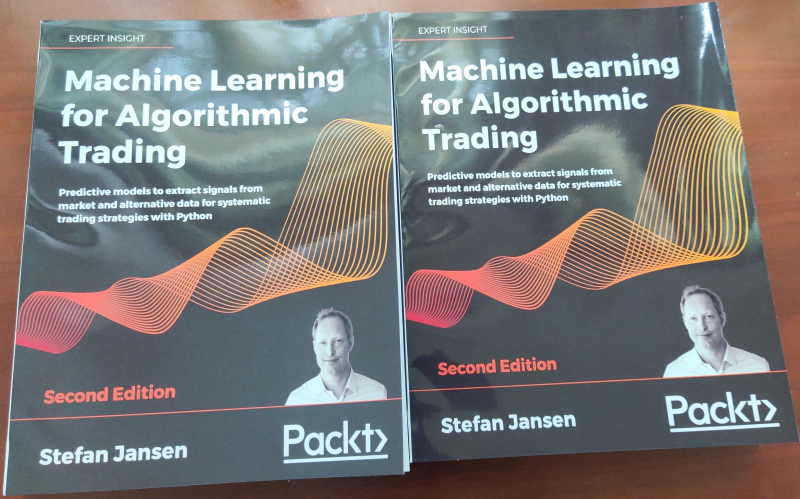
hoaxanhvn.01012019.exdomain.net 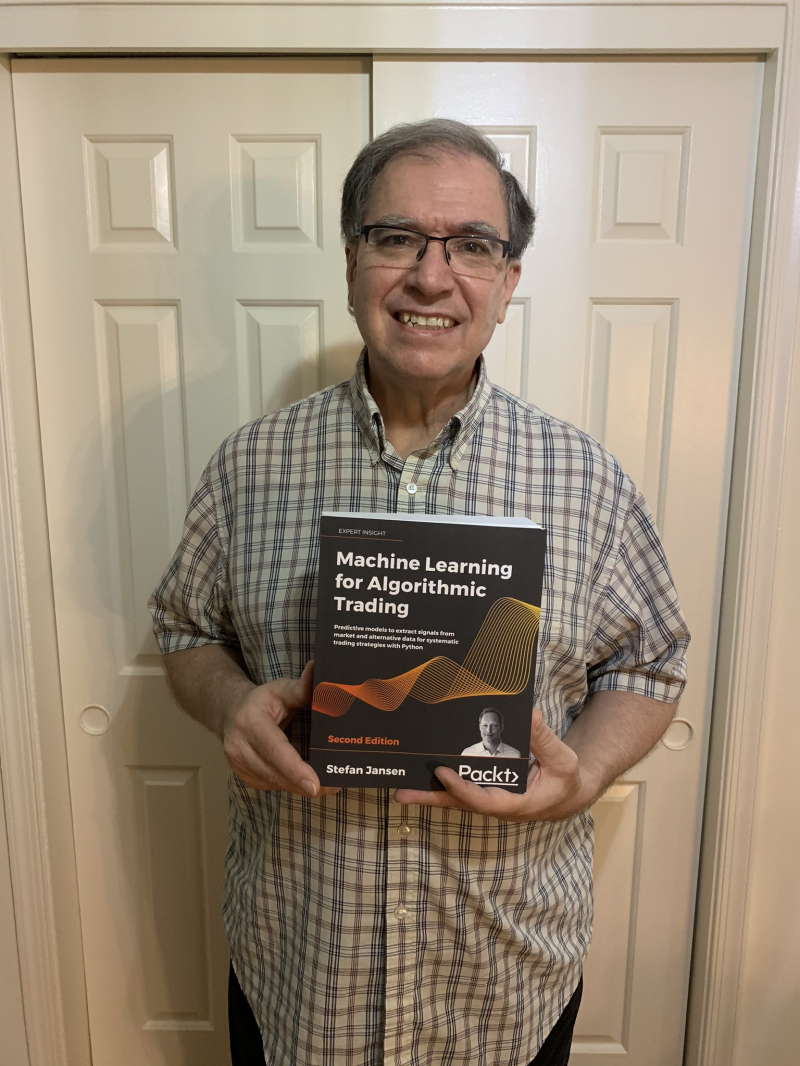
twitter.com -
Jeremy Howard is a business owner, entrepreneur, developer, and instructor. Jeremy is a co-founder of fast.ai, a research organization devoted to making deep learning more accessible. He is also a Distinguished Research Scientist at the University of San Francisco, a faculty member of Singularity University, and a World Economic Forum Young Global Leader.
Sylvain Gugger is a fast.ai Research Scientist that focuses on making deep learning more accessible by creating and improving strategies that allow models to train quickly on constrained resources.
Deep learning is frequently regarded as the sole domain of math PhDs and large tech corporations. However, as this hands-on guide reveals, Python programmers may produce excellent deep learning results with little math knowledge, small quantities of data, and minimum code. How? Fastai is the first library to give a consistent interface to the most popular deep learning applications.
In Deep Learning for Coders with Fastai and PyTorch, the inventors of fastai, Jeremy Howard and Sylvain Gugger, teach you how to train a model on a variety of tasks using fastai and PyTorch. You'll also delve further and deeper into deep learning theory to acquire a thorough knowledge of the algorithms at work.
- Models in computer vision, natural language processing, tabular data, and collaborative filtering should be trained.
- Discover the most recent deep learning techniques that are most relevant in practice.
- Understanding how deep learning models function can help you improve accuracy, speed, and dependability.
- Learn how to convert your models into web applications.
- Consider the ethical implications of your work as you build deep learning algorithms from scratch. Gain insight from the foreword by PyTorch cofounder Soumith Chintala.
Author: Jeremy Howard and Sylvain Gugger
Link to buy: https://www.amazon.com/Deep-Learning-Coders-fastai-PyTorch/dp/1492045527/
Ratings: 4.8 out of 5 stars (from 400 reviews)
Best Sellers Rank: #47,723 in Books
#12 in Computer Graphics
#14 in Computer Neural Networks
#15 in Machine Theory (Books)
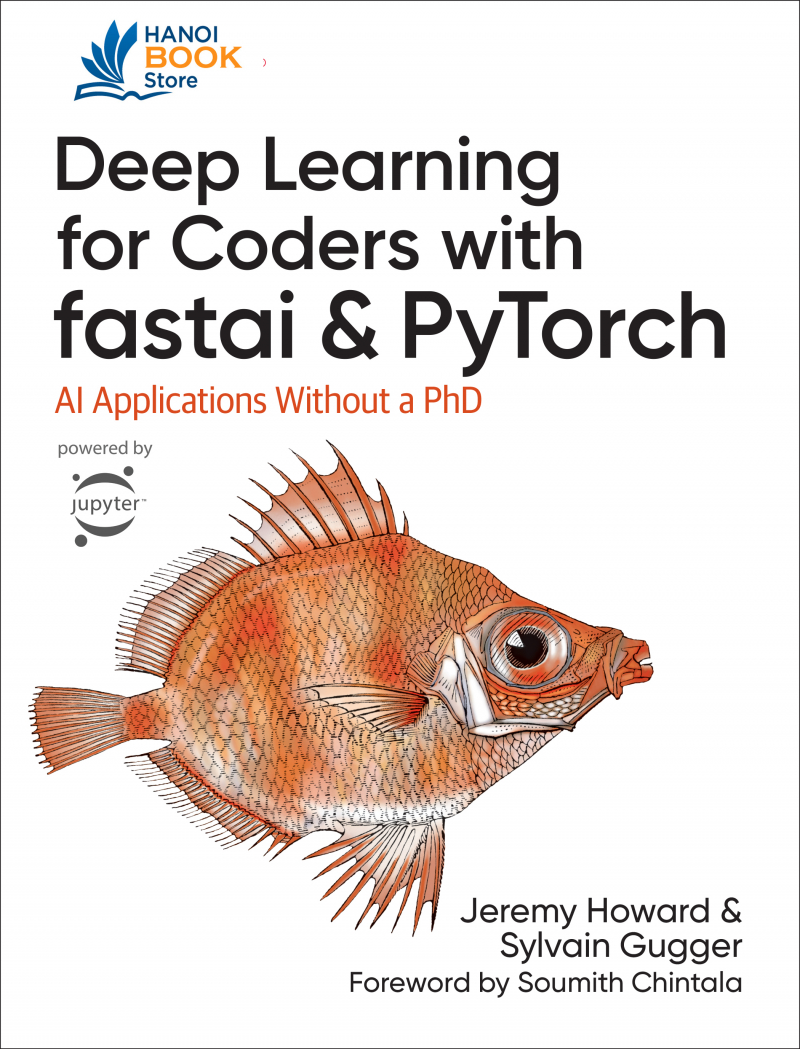
lazada.vn 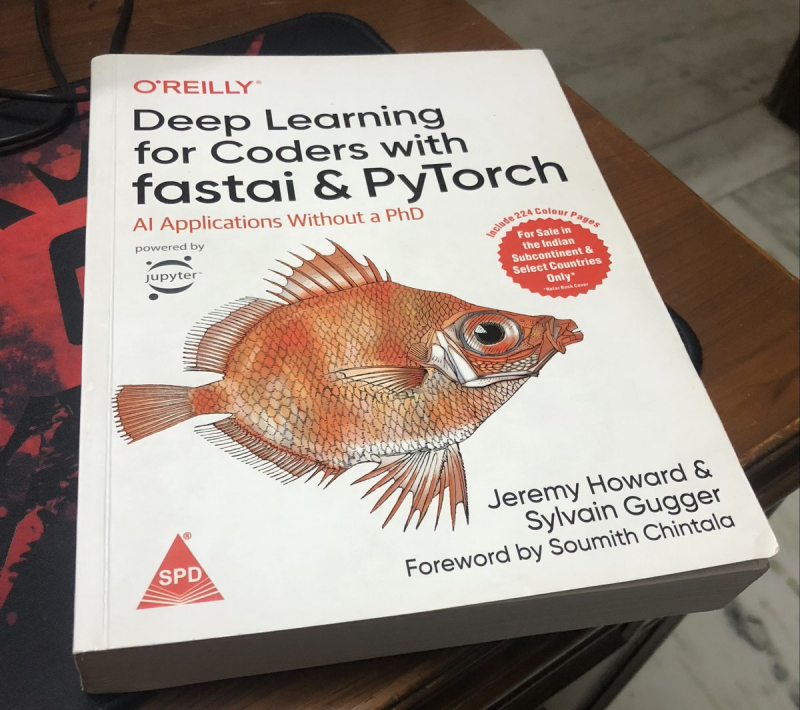
mobile.twitter.com













